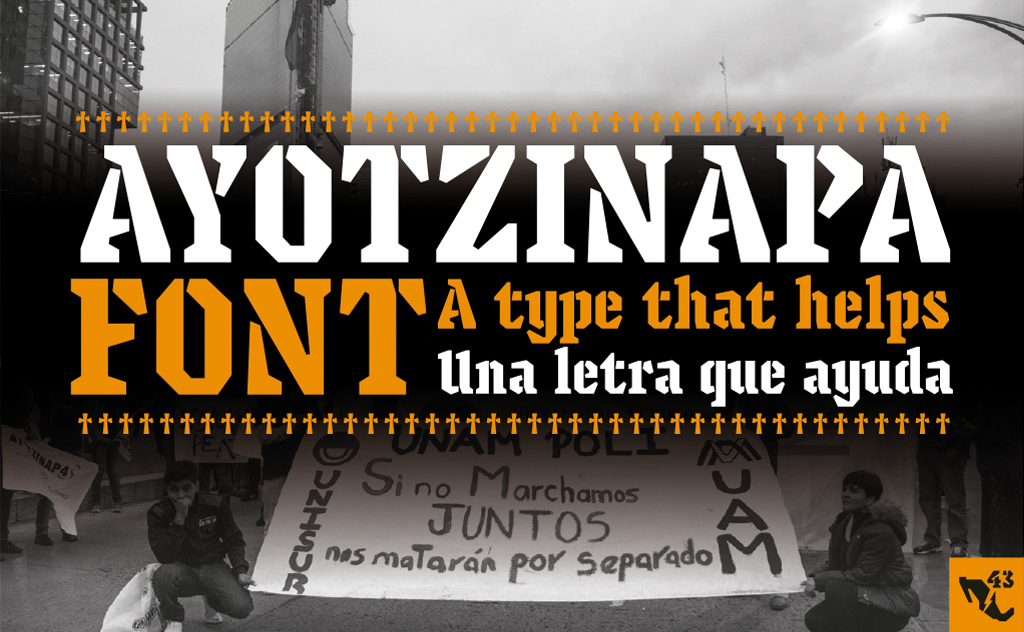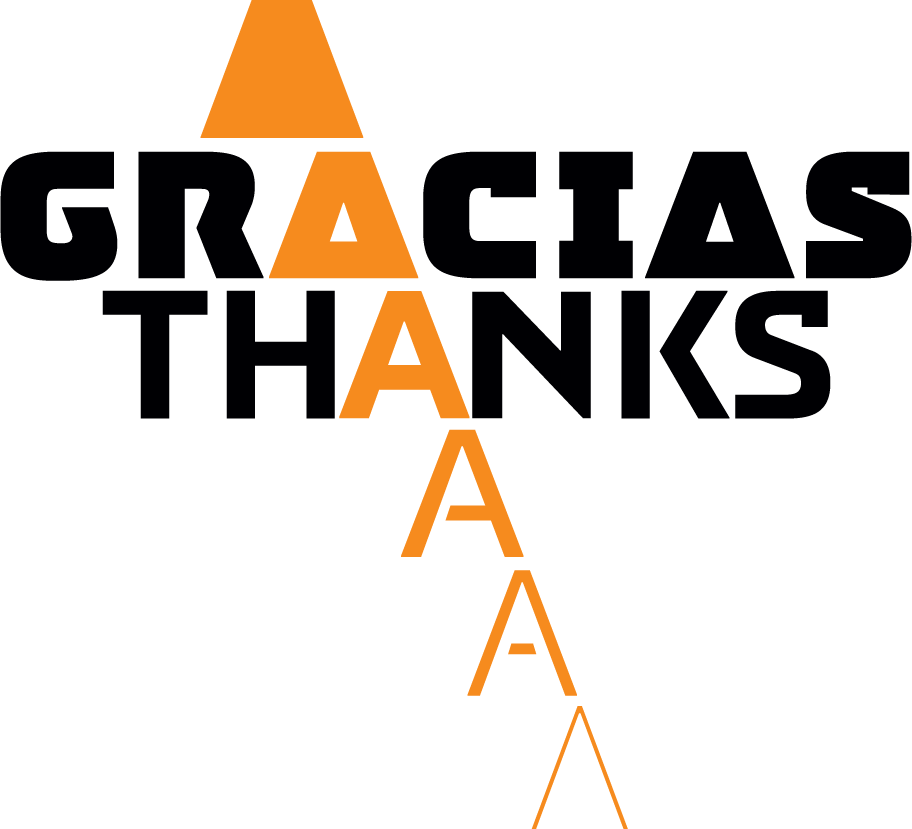


Ayotzinapa
Cliente: Ayotzinapa Dirección y Diseño: Raúl Plancarte Diseño de Fuente Tipográfica: Raúl PlancarteLa fuente tipográfica Ayotzinapa fue creada como una respuesta ante los hechos acontecidos el 26 de septiembre del año 2014. Ese día, estudiantes de la Escuela Normal Rural de Ayotzinapa fueron atacados por la policía municipal de Iguala, Guerrero. Y presuntamente entregados a miembros del narcotráfico. Desde entonces la prioridad de los padres de los desaparecidos era encontrar a sus hijos y exigir justicia, por ello; estas actividades les impidieron dedicarse a su vida laboral cotidiana, pues su lucha en la recién tragedia requería nuestra colaboración en apoyo moral, y también económico.
Diseñada por los tipógrafos mexicanos Raúl Plancarte y Cristóbal Henestrosa, este alfabeto digital nace como una forma de ayudar a esta causa. Las donaciones monetarias recaudadas sirvieron para apoyar y sostener el día a día de estas familias.
La fuente Ayotzinapa está pensada para usarse en diversas aplicaciones; desde carteles con contenido revolucionario y activista, hasta logotipos con una estructura urbana, espontánea y desafiante. Es un diseño tipográfico del género esténcil y tiene un aspecto condensado, enérgico y anguloso. Esta es una herramienta profesional pensada para componer carteles, proyectos de identidad, envases, ilustraciones o cualquier tipo de aplicación gráfica que requiera un aspecto urbano, fresco e impactante, es ideal para mensajes con fuerza, solidez y decisión.
Ayotzinapa ha sido seleccionada para formar parte de la muestra de Tipos Latinos (Bienal Latinoamericana de Tipografía) en el año 2014.
The Ayotzinapa typeface was created as a response to the events that occurred on September 26, 2014. That day, students from the Ayotzinapa Rural Normal School were attacked by the municipal police of Iguala, Guerrero. And allegedly handed over to members of drug trafficking. Since then, the priority of the parents of the disappeared was to find their children and demand justice, therefore; These activities prevented them from dedicating themselves to their daily work life, since their struggle in the recent tragedy required our collaboration in moral support, as well as financial support.
Designed by Mexican typographers Raúl Plancarte and Cristóbal Henestrosa, this digital alphabet was born as a way to help this cause. The monetary donations collected helped to support and sustain the day-to-day lives of these families.
Ayotzinapa font is intended to be used in various applications; from posters with revolutionary and activist content, to logos with an urban, spontaneous and challenging structure. It is a typeface design in the stencil gender and has a condensed, energetic and angular look. This is a professional tool designed to compose posters, identity projects, packaging, illustrations or any type of graphic application that requires an urban, fresh and impressive appearance, it is ideal for messages with strength, solidity and decision.
Ayotzinapa has been selected to be part of the sample of Latino Types (Latin American Typography Biennial) in 2014.

